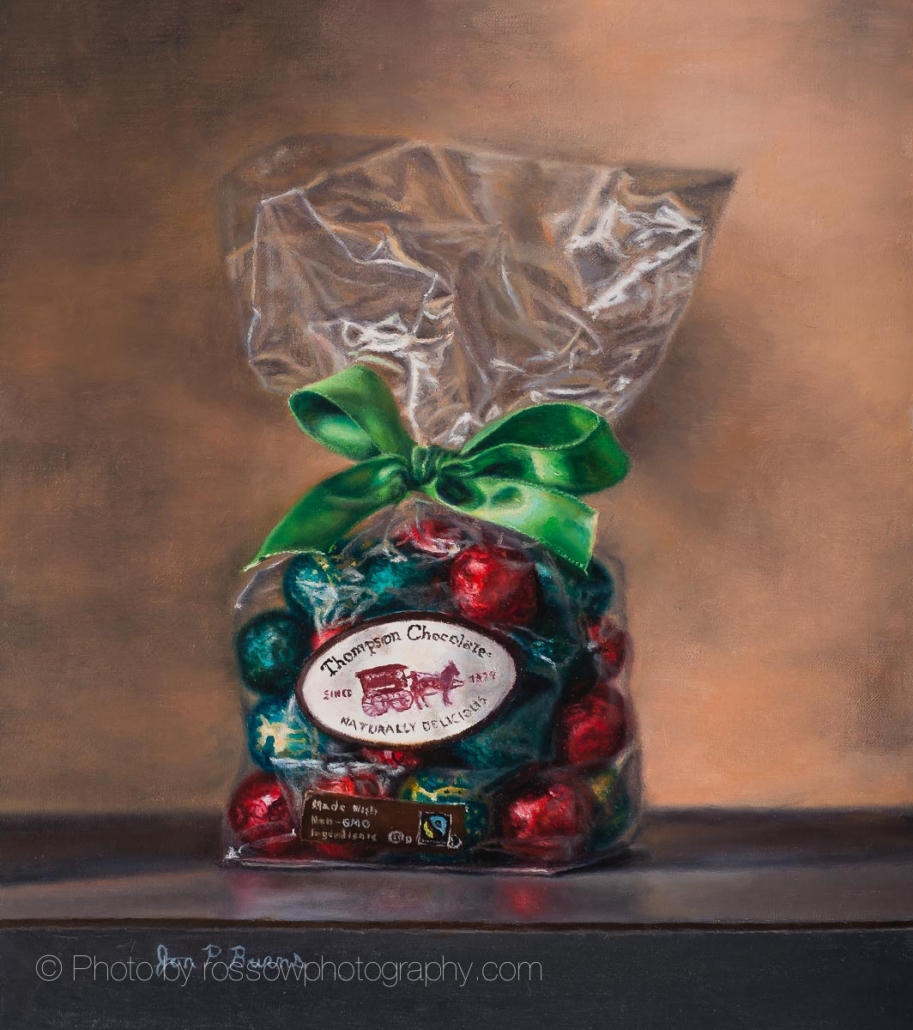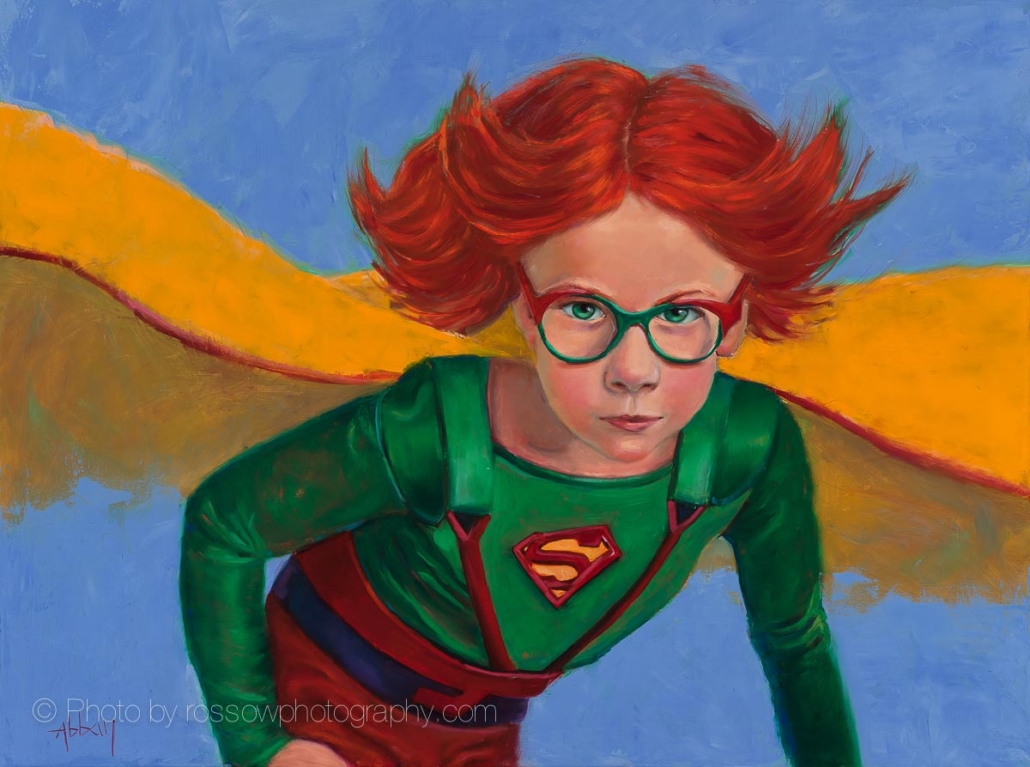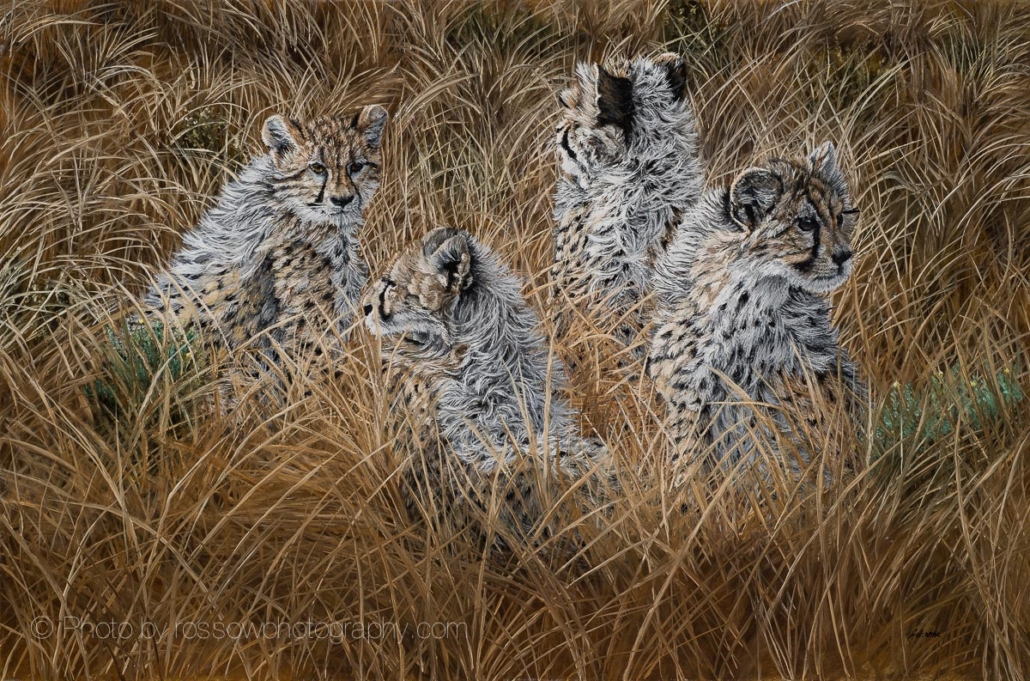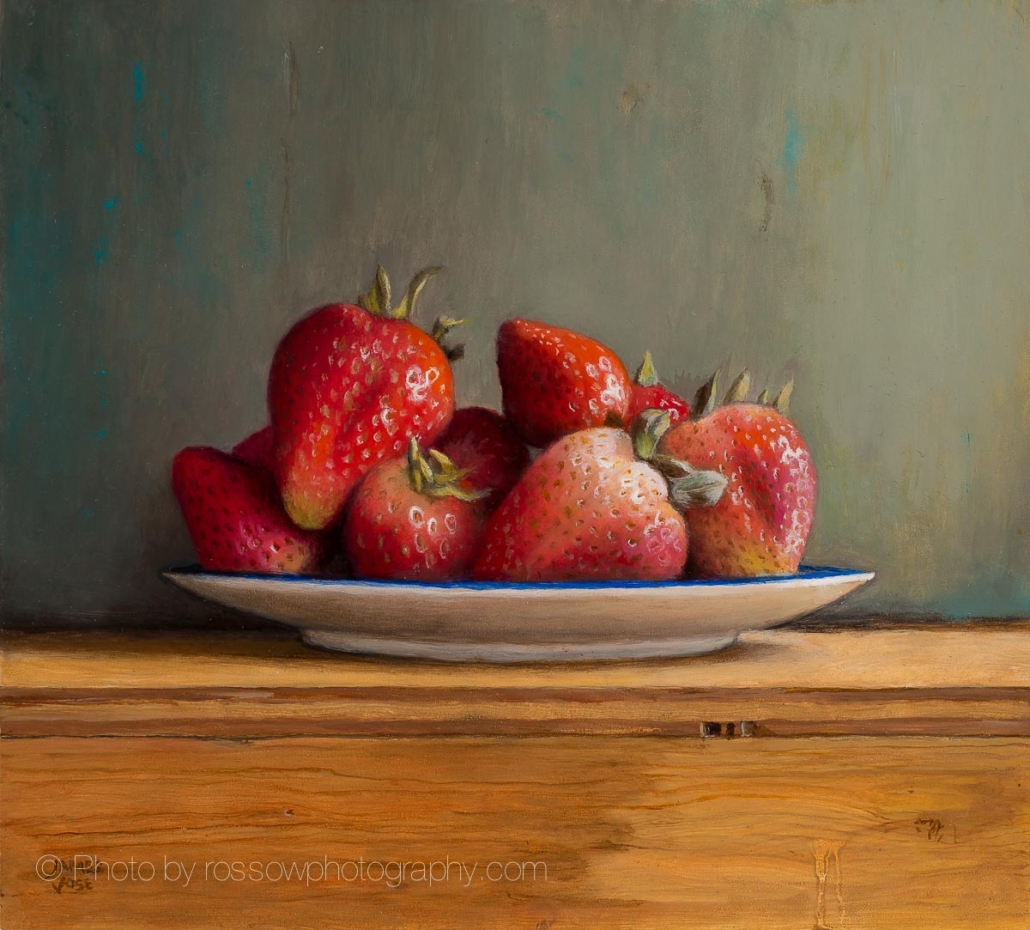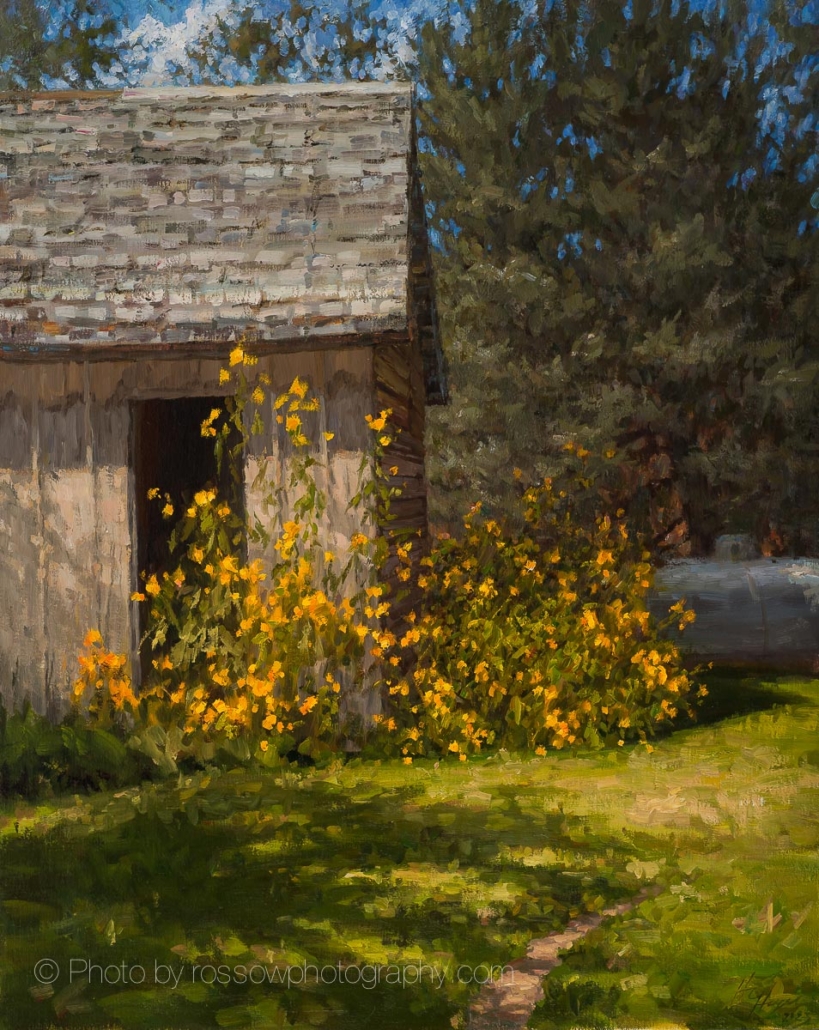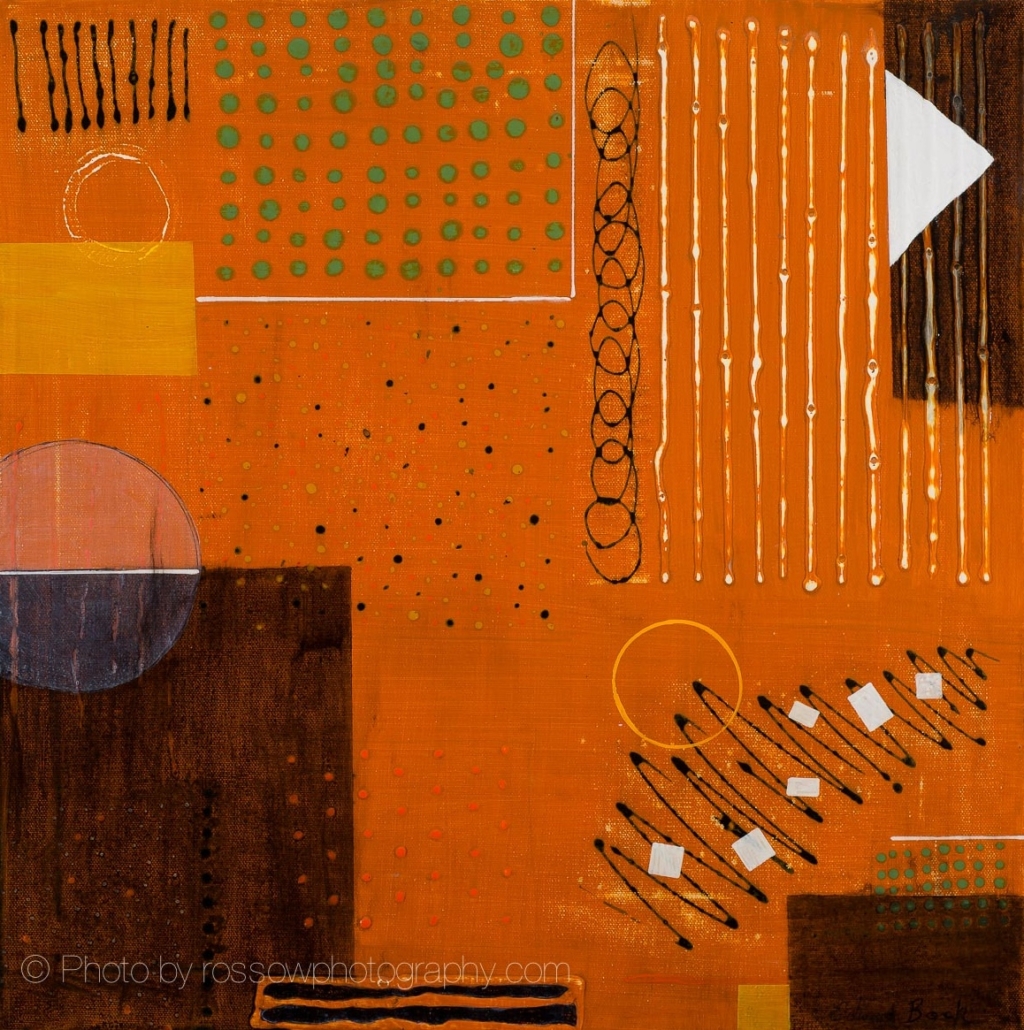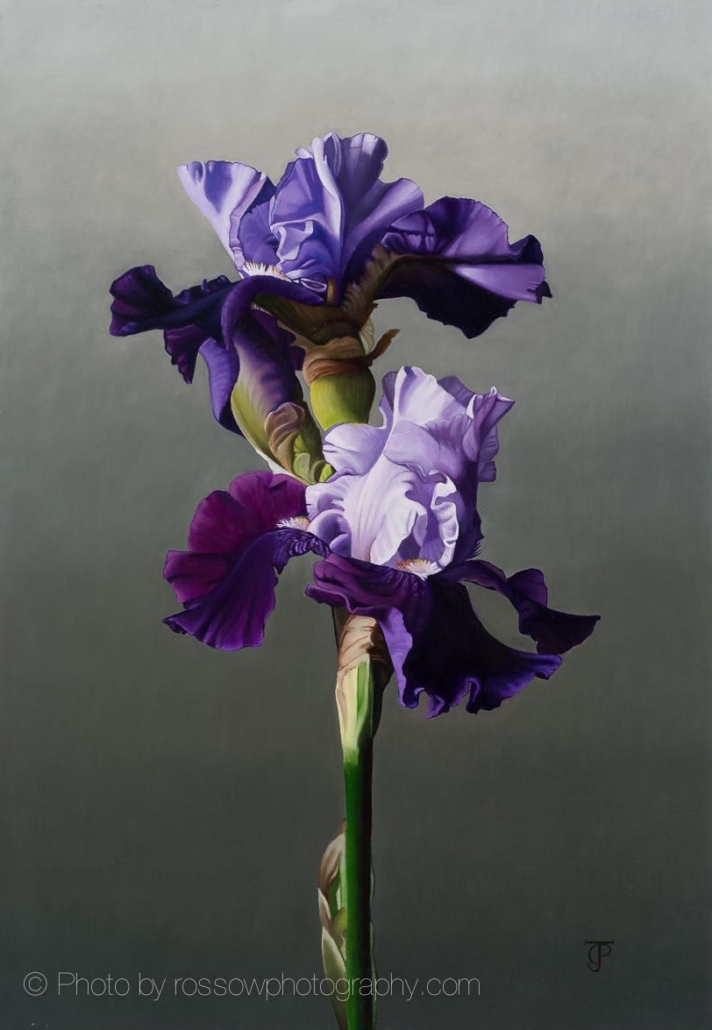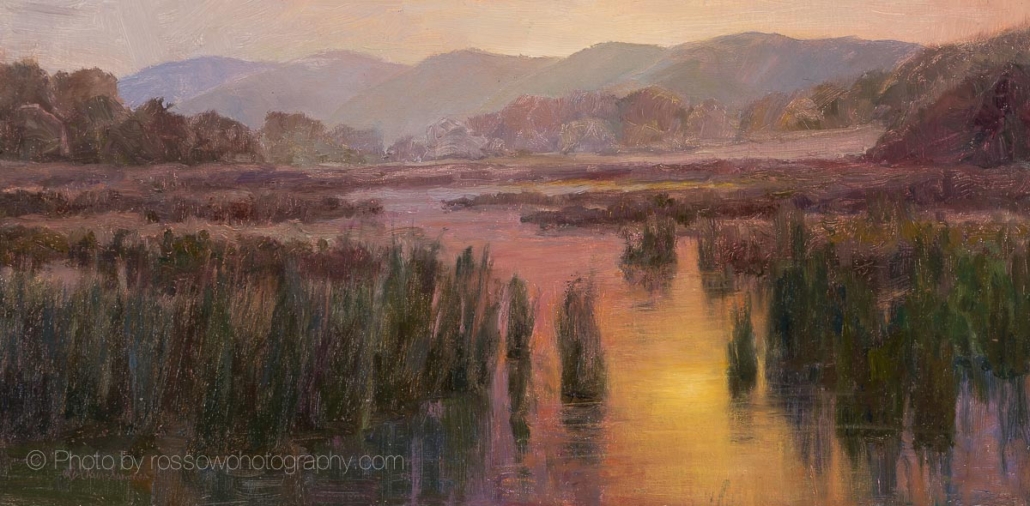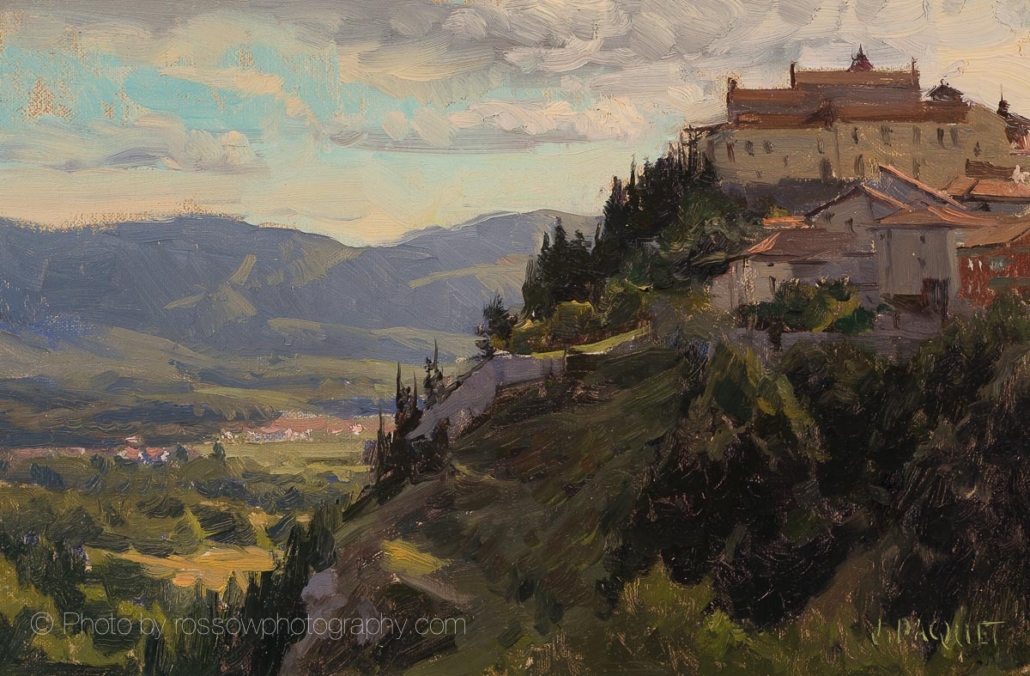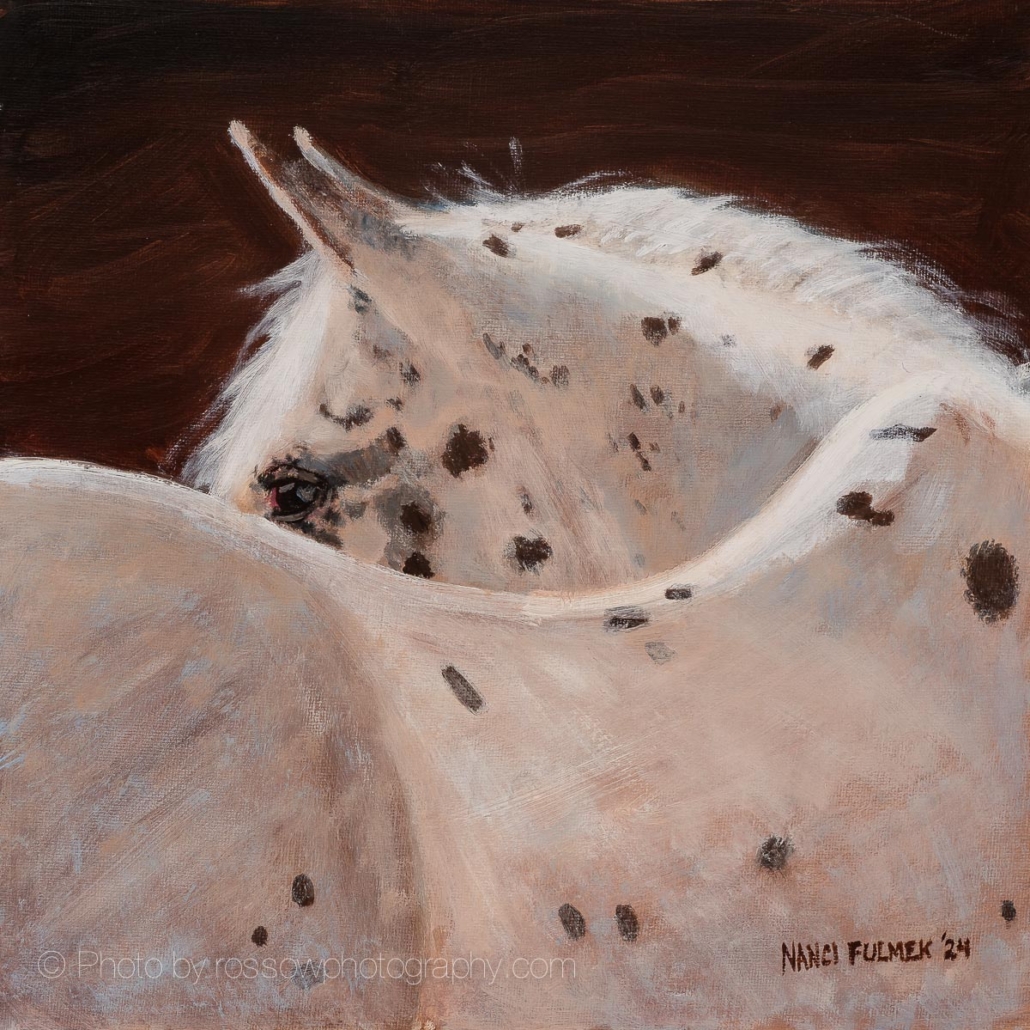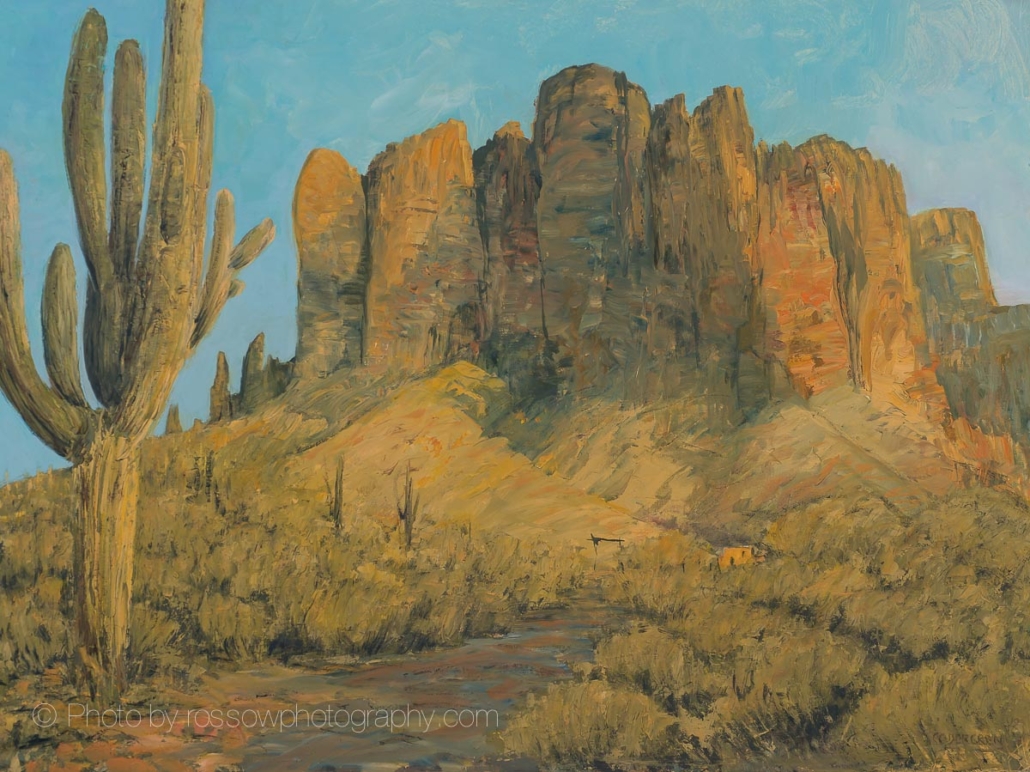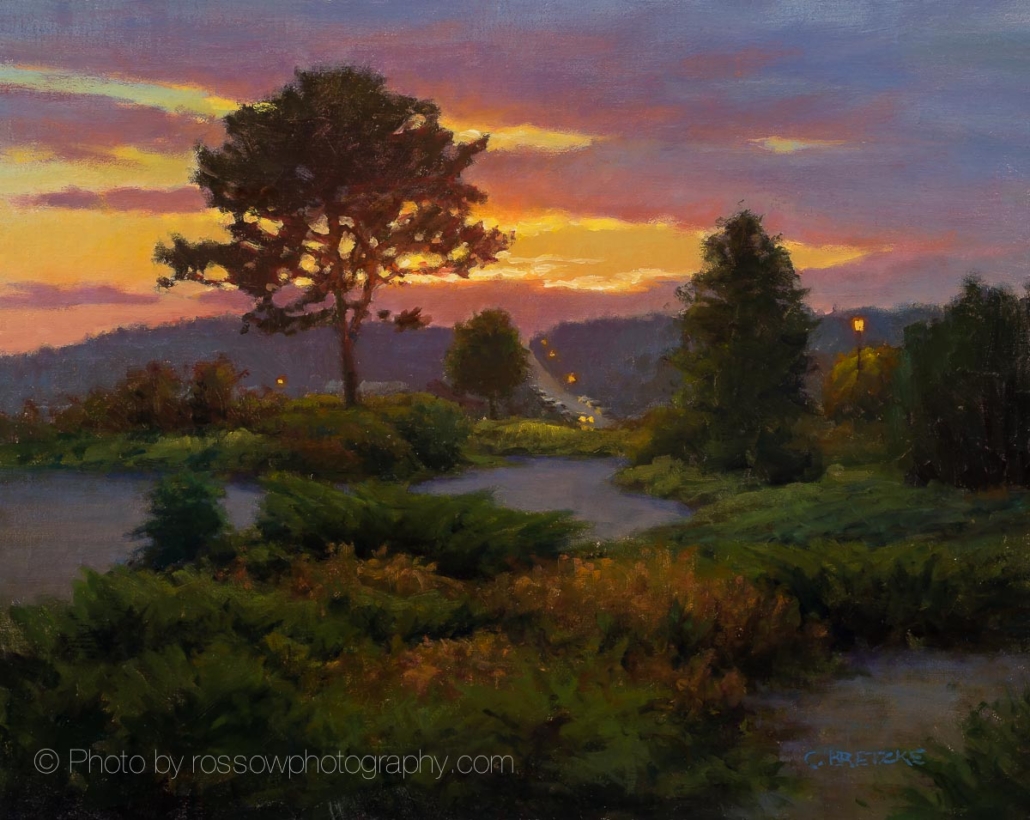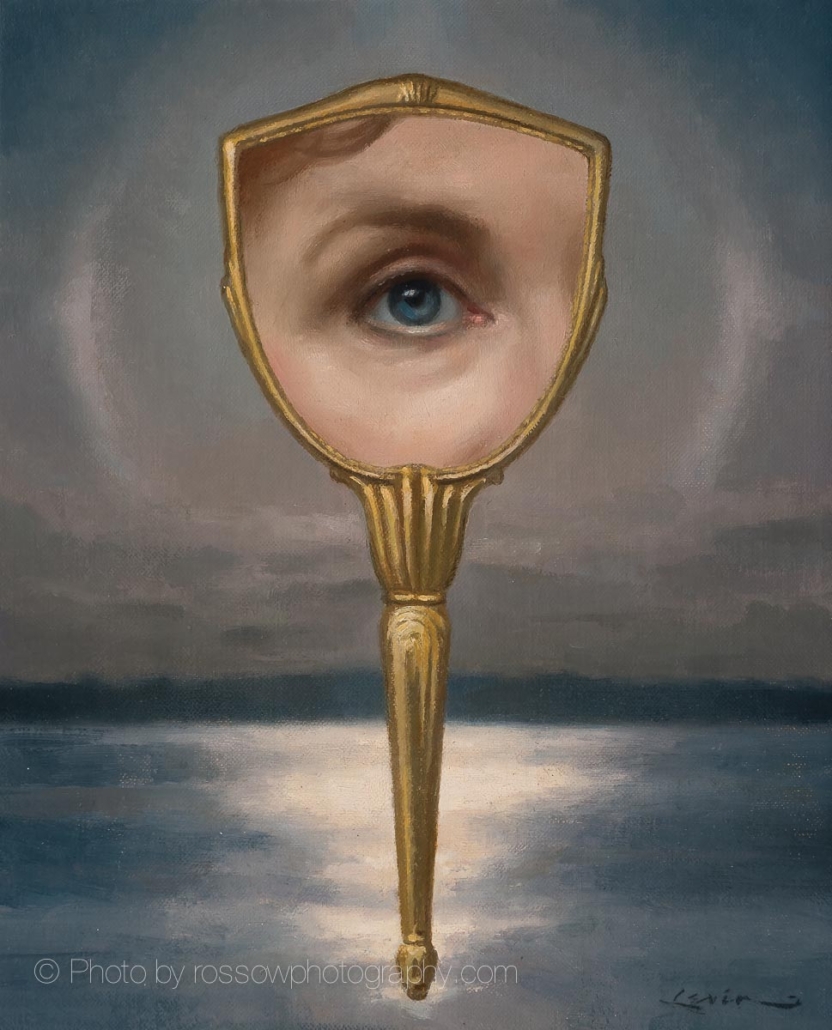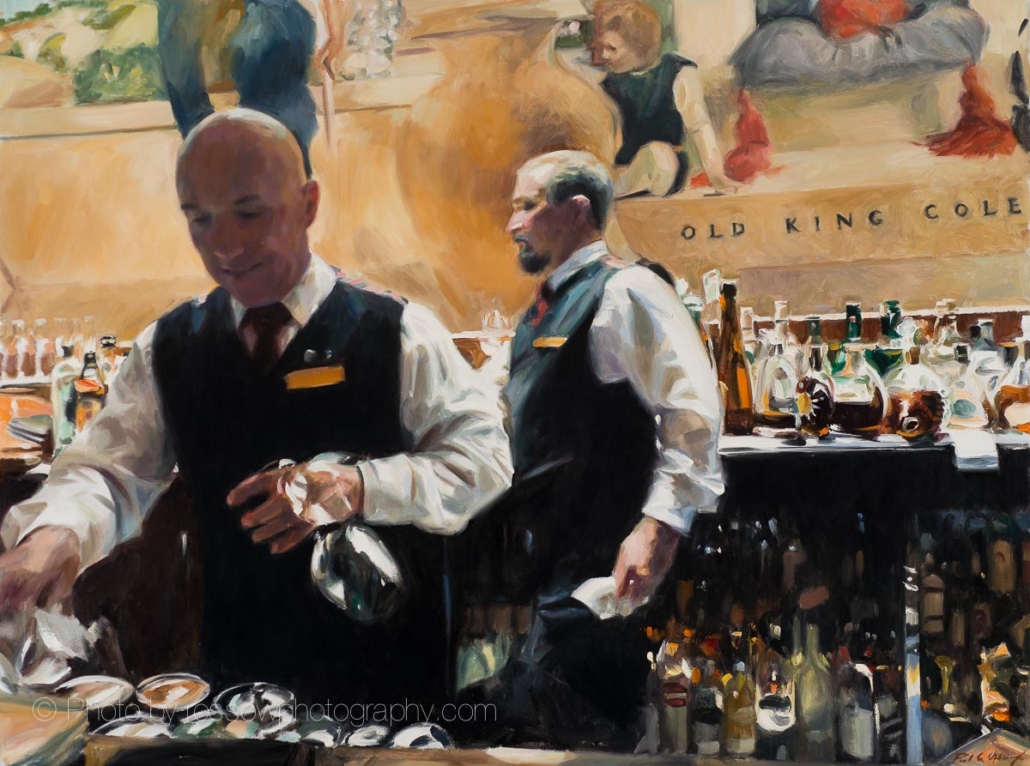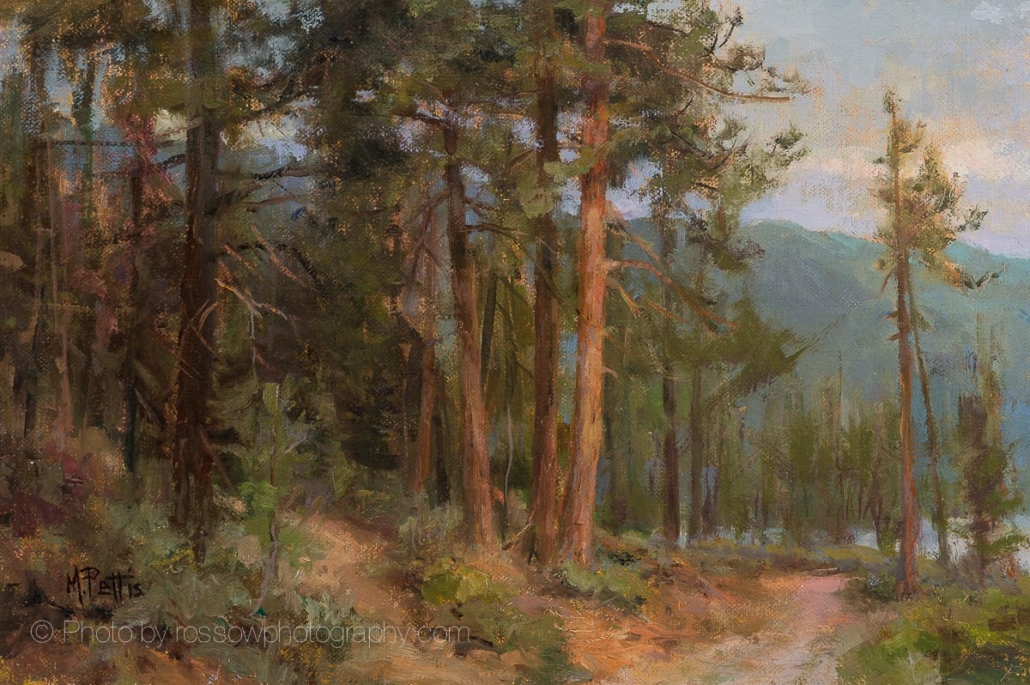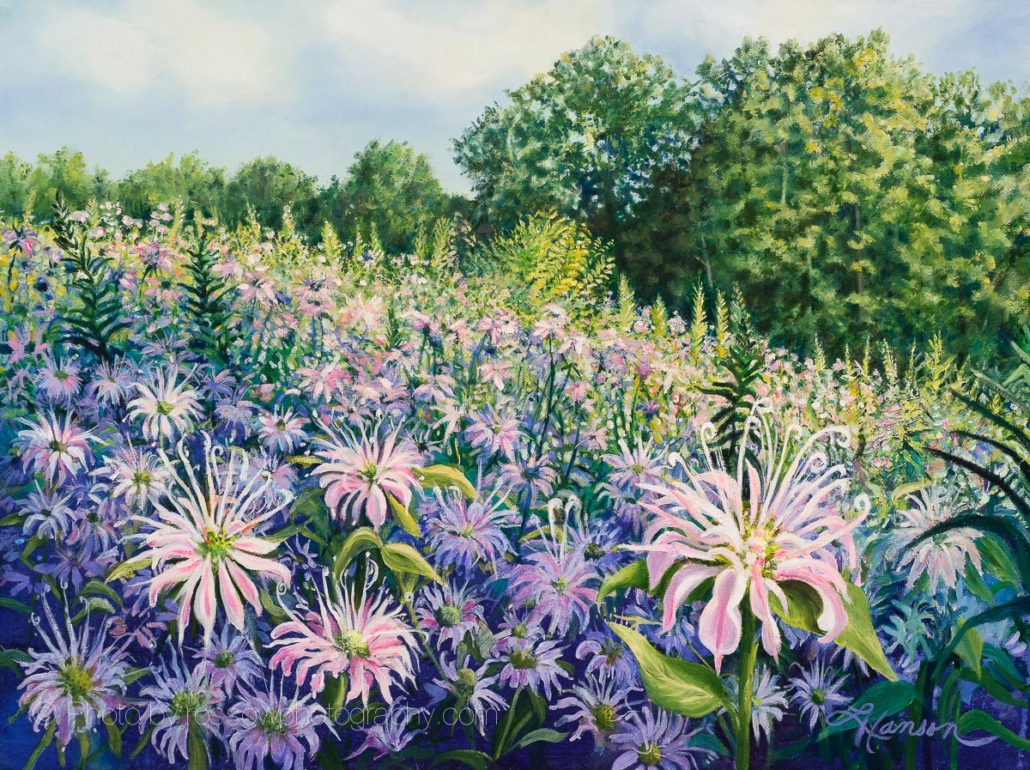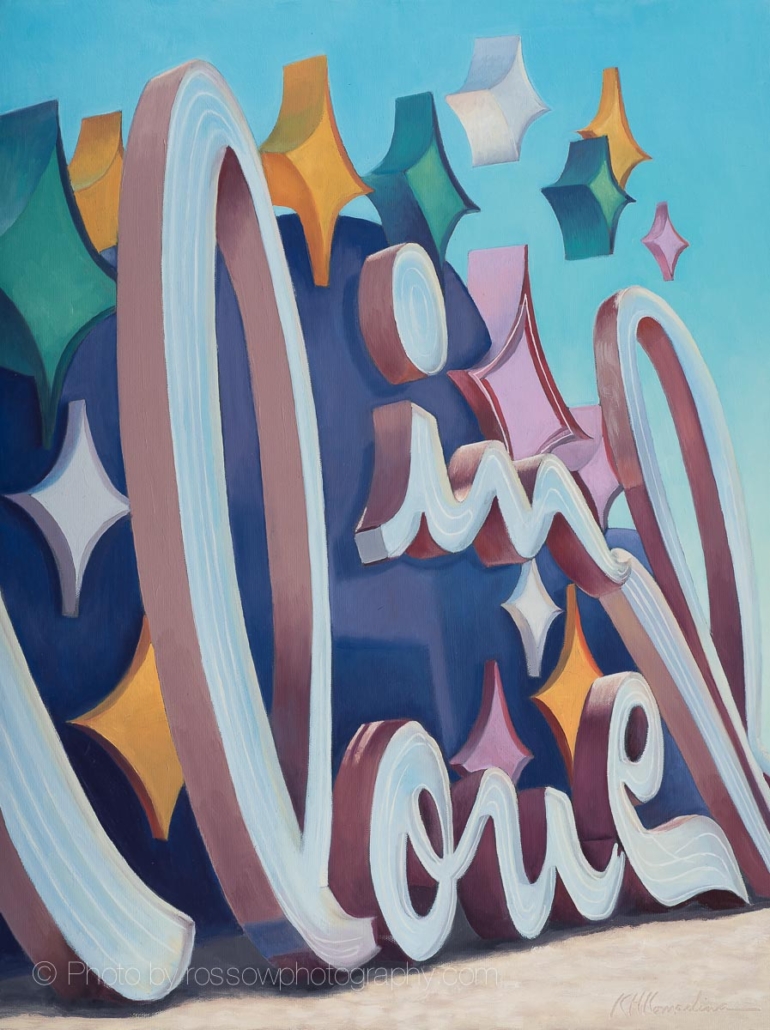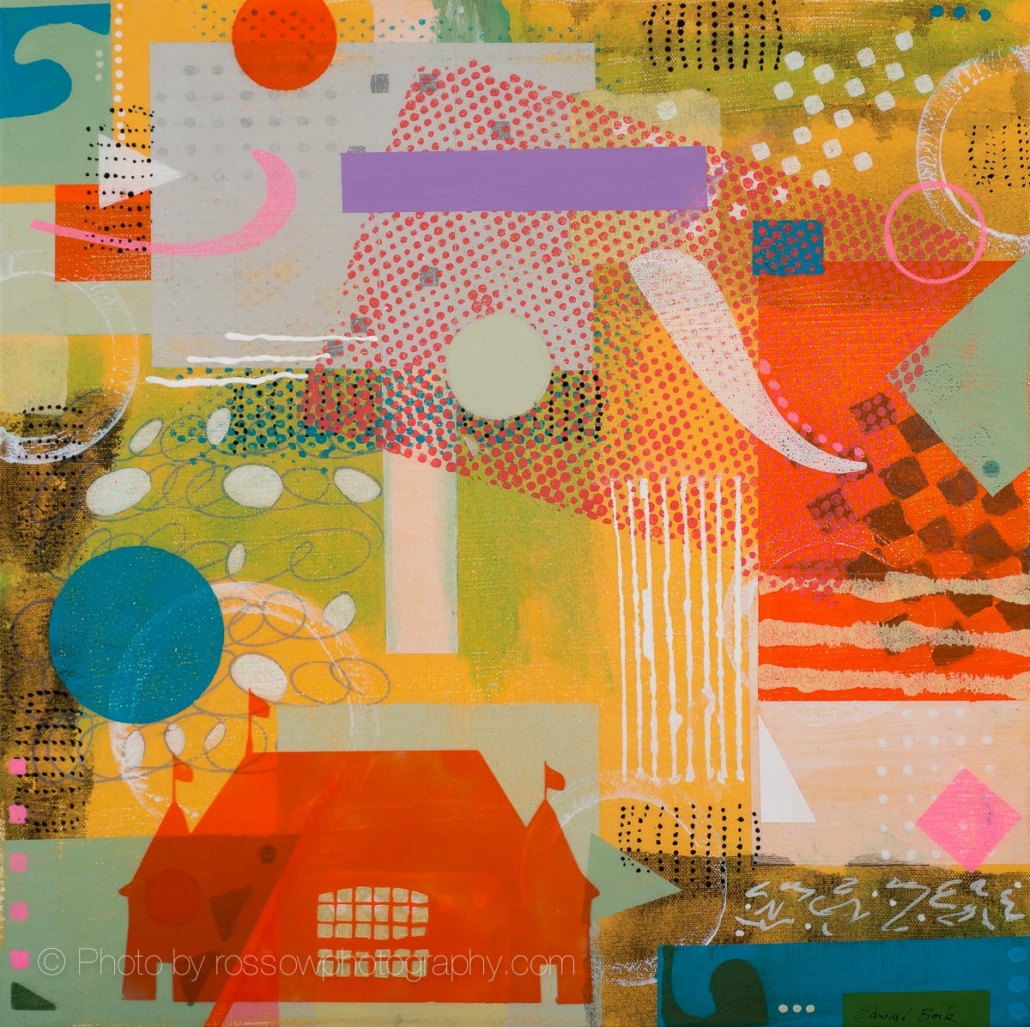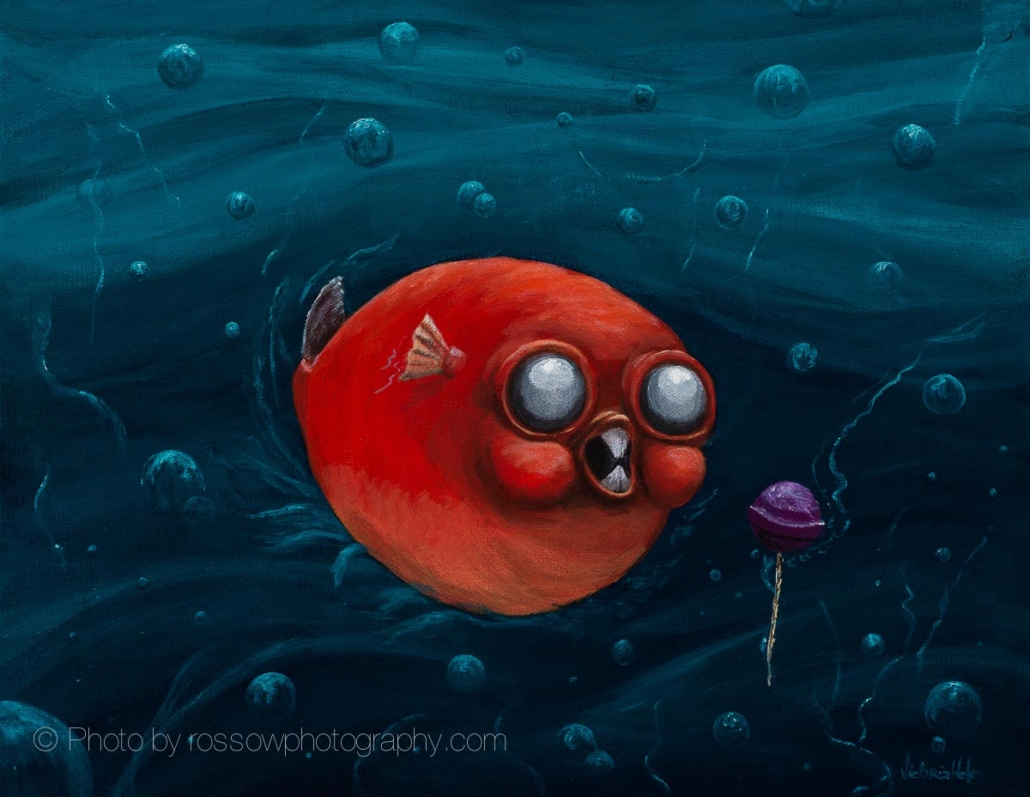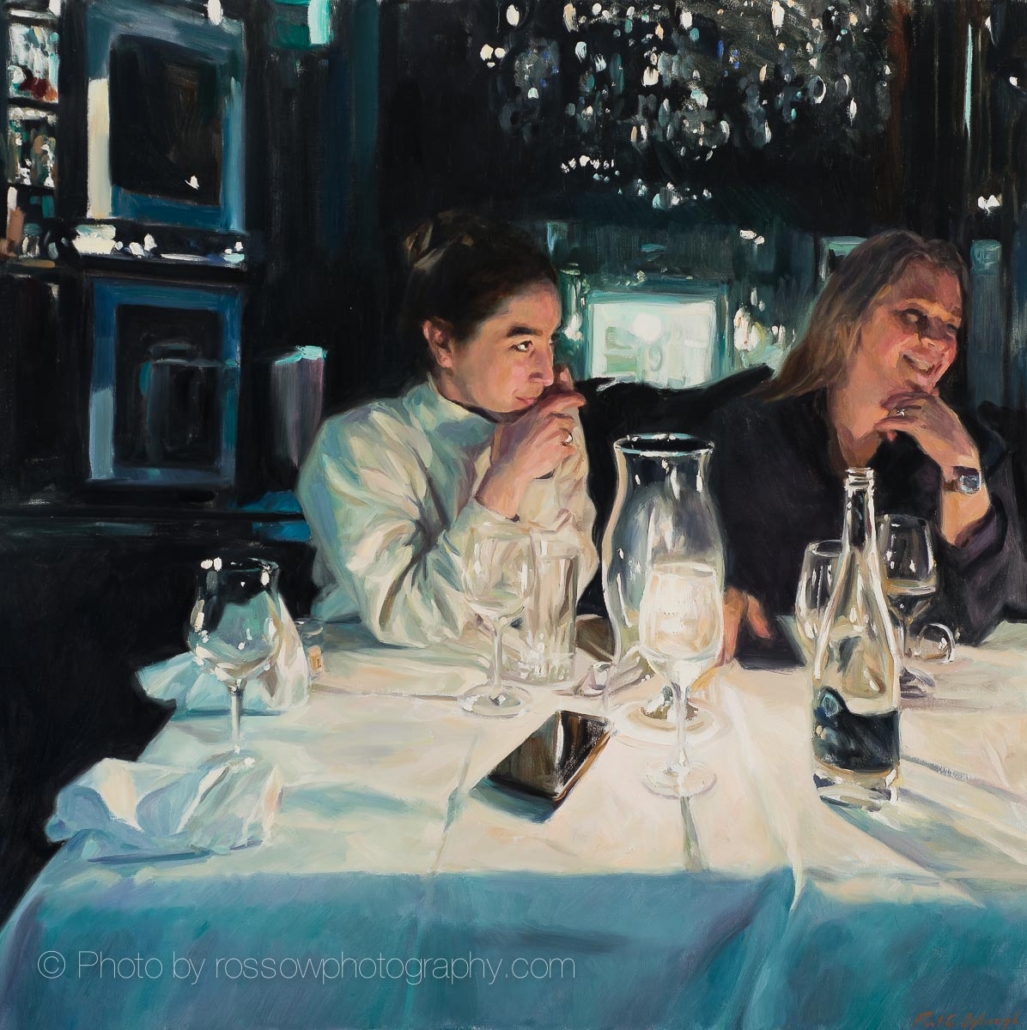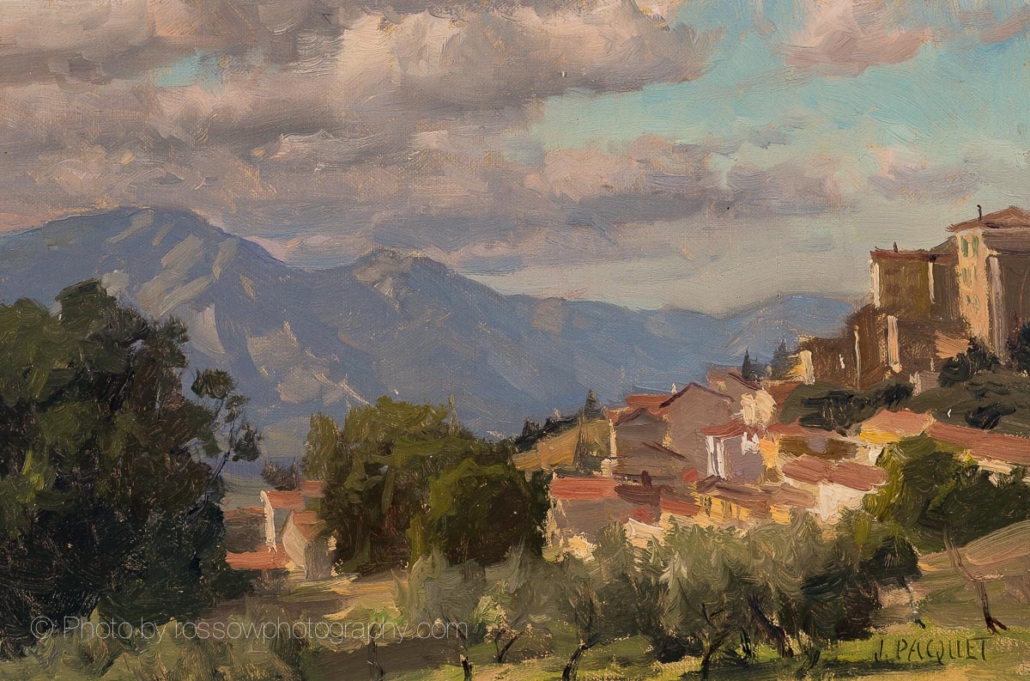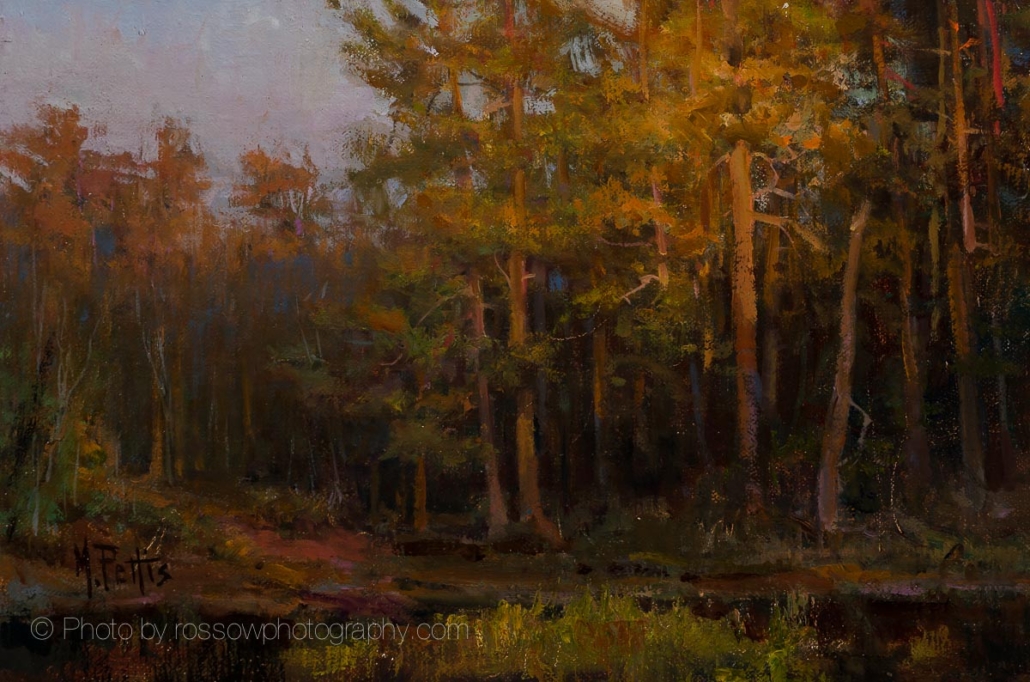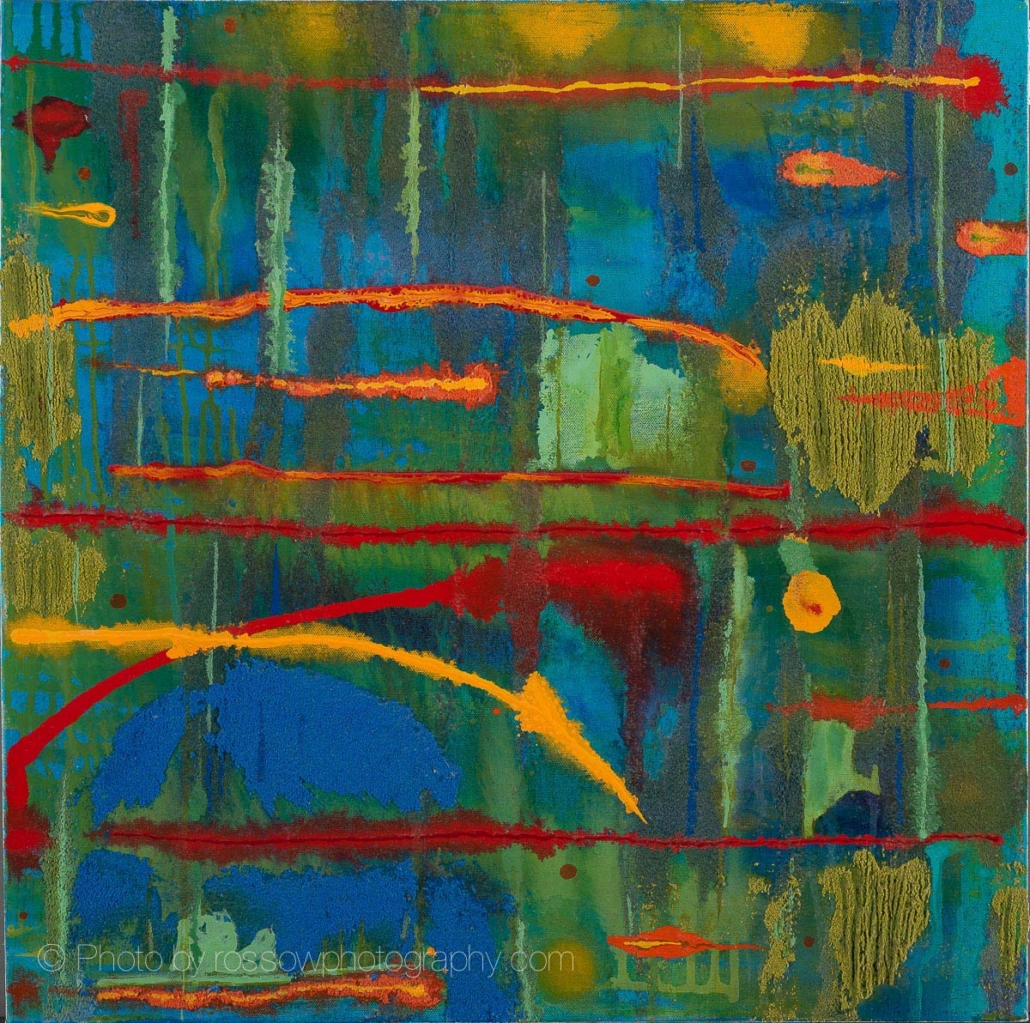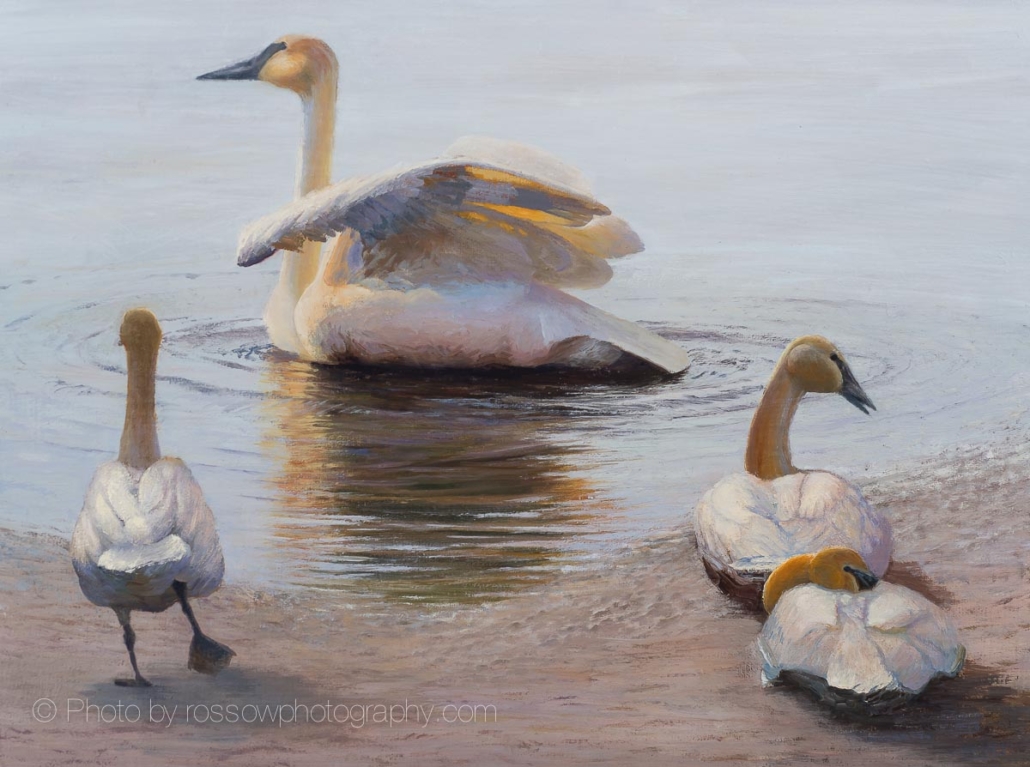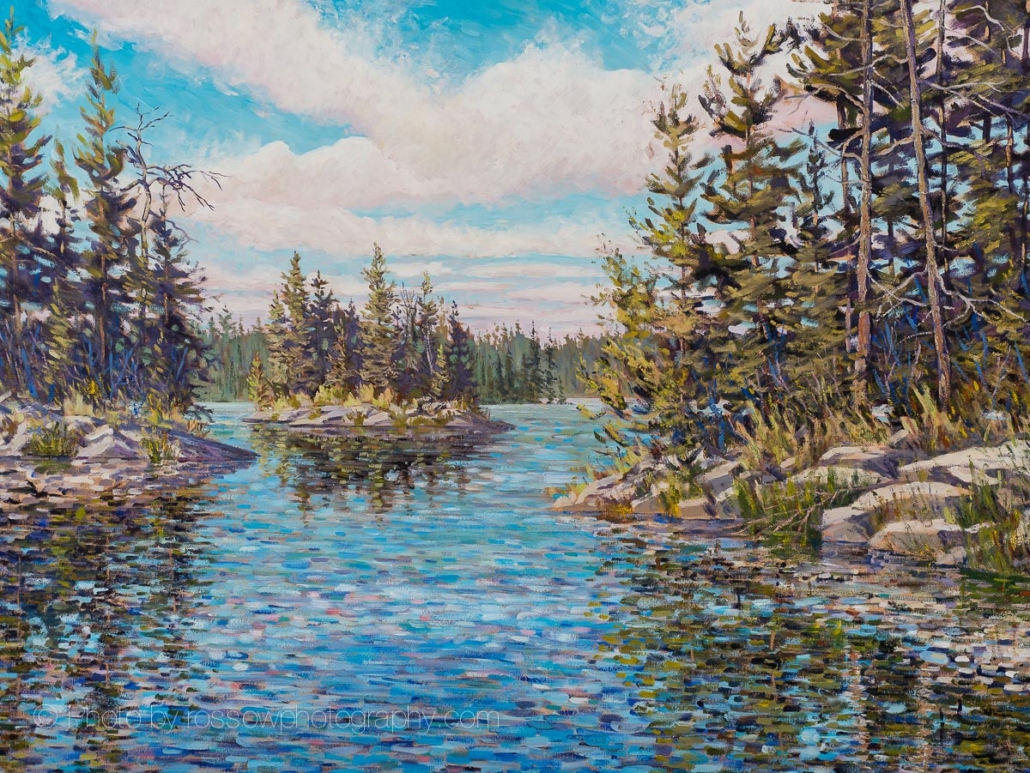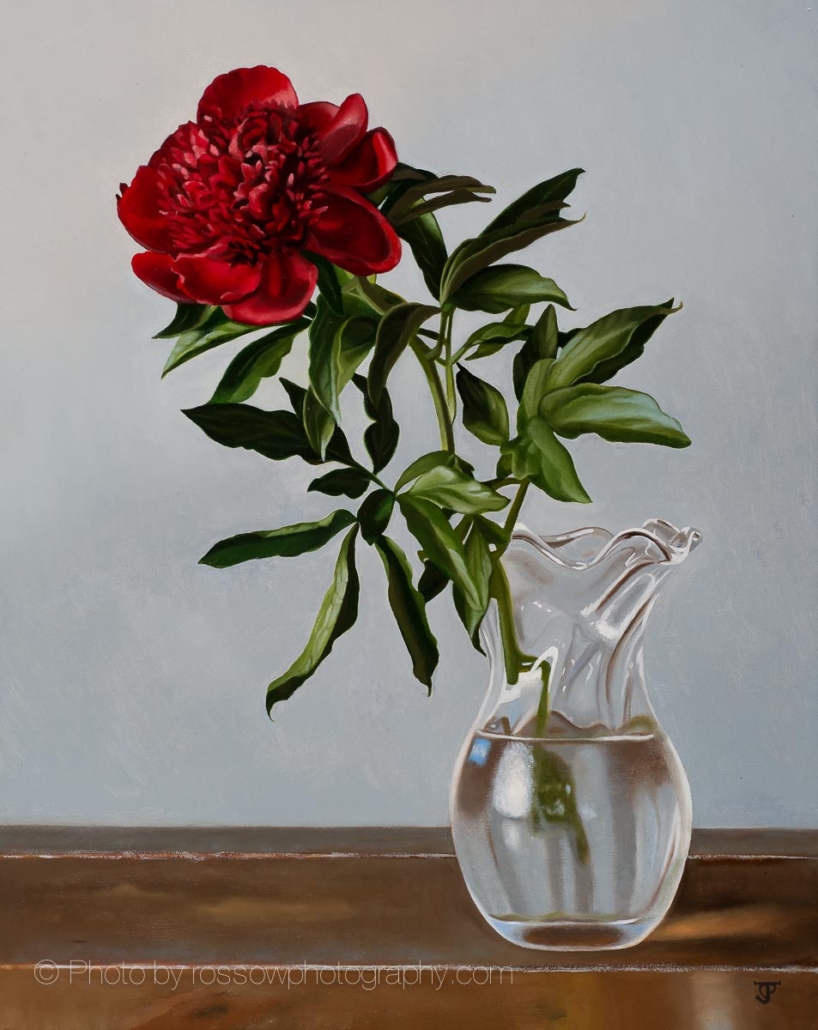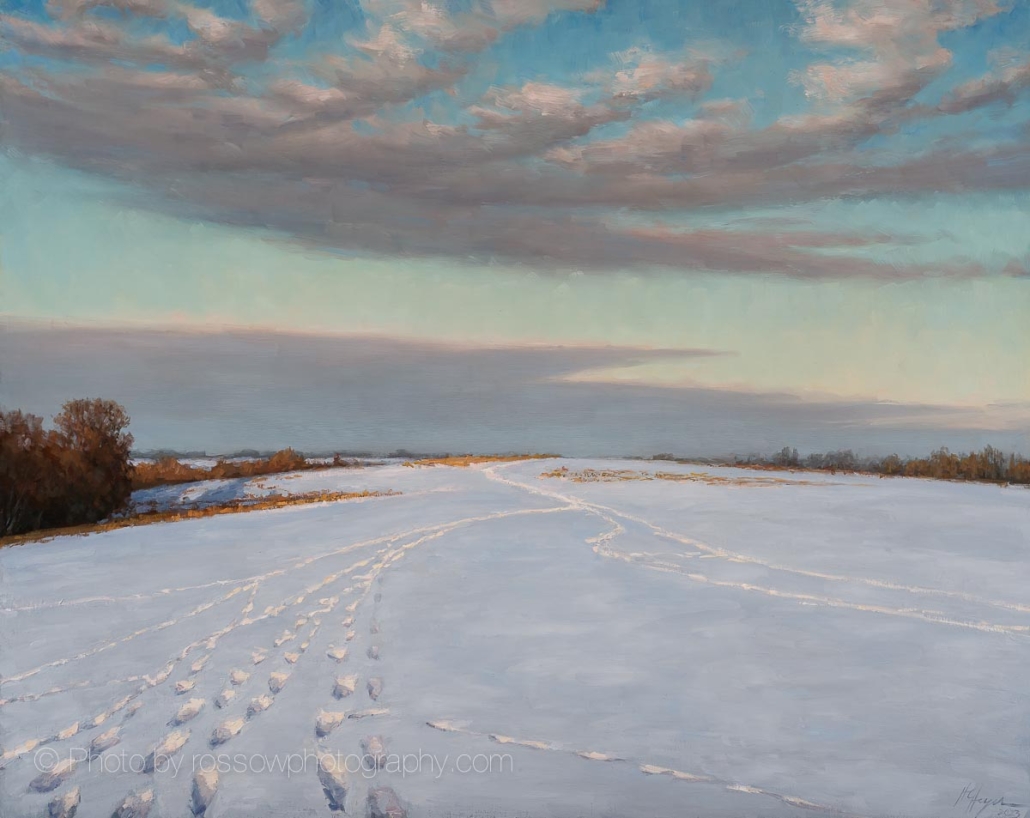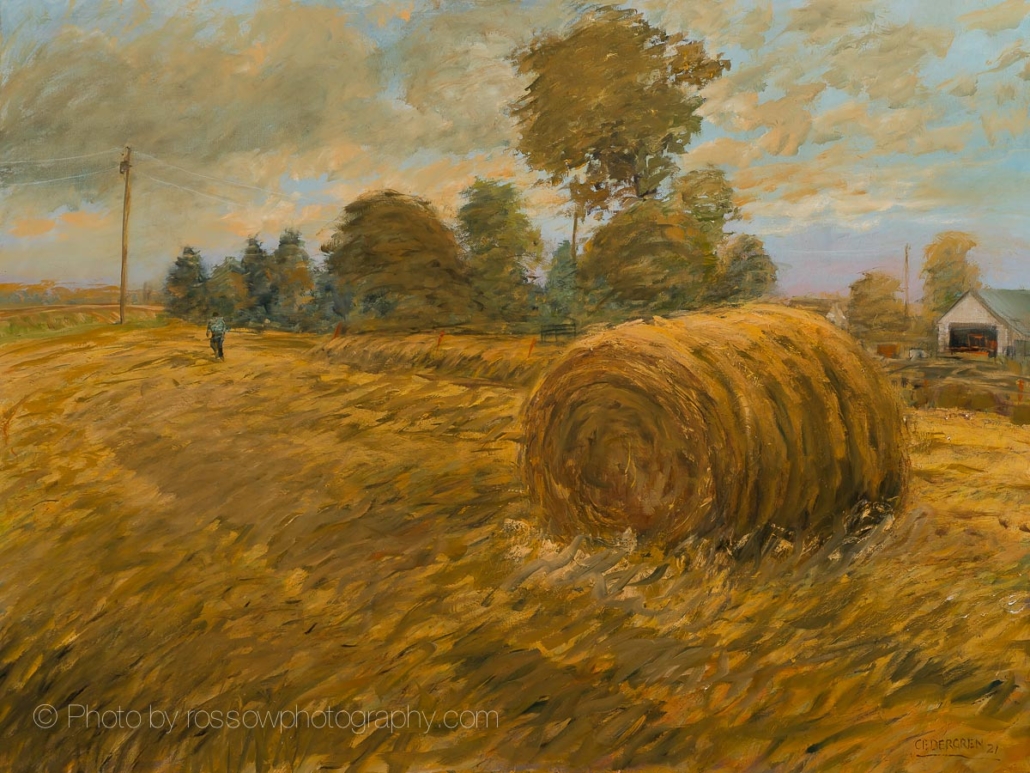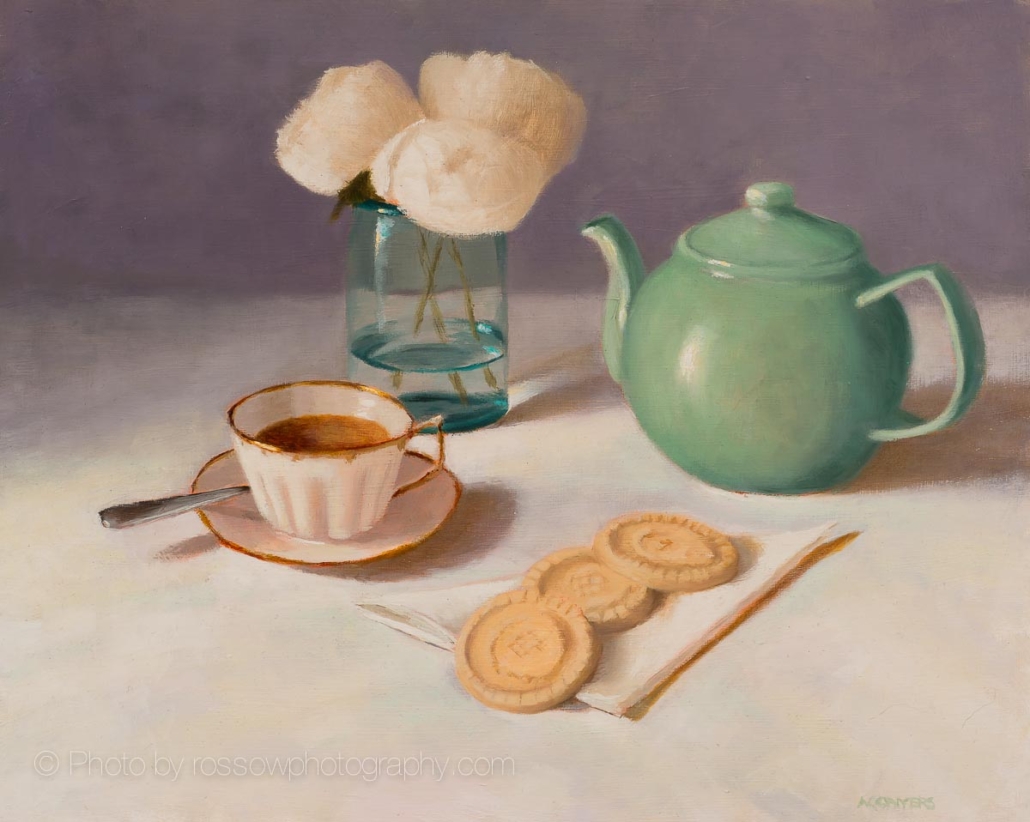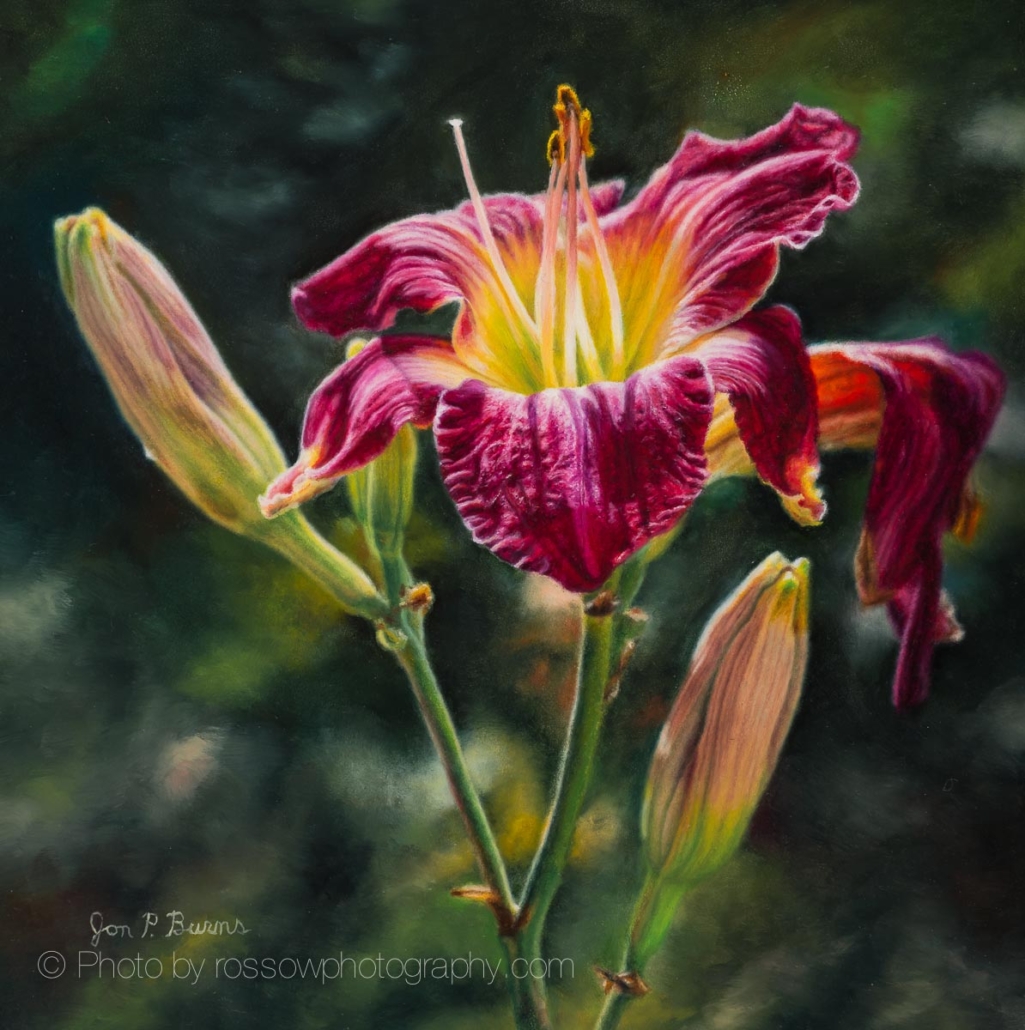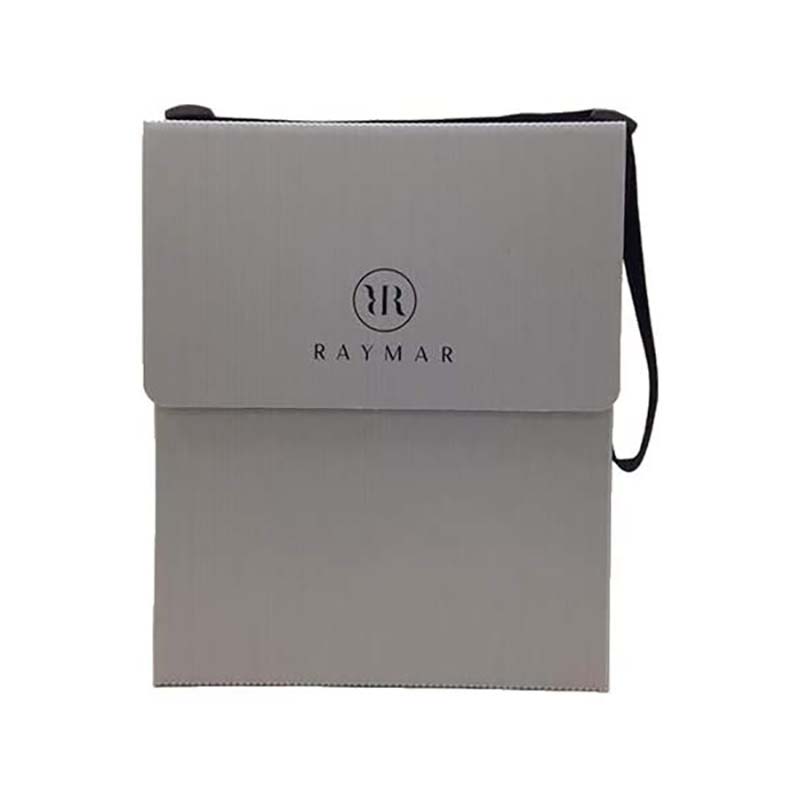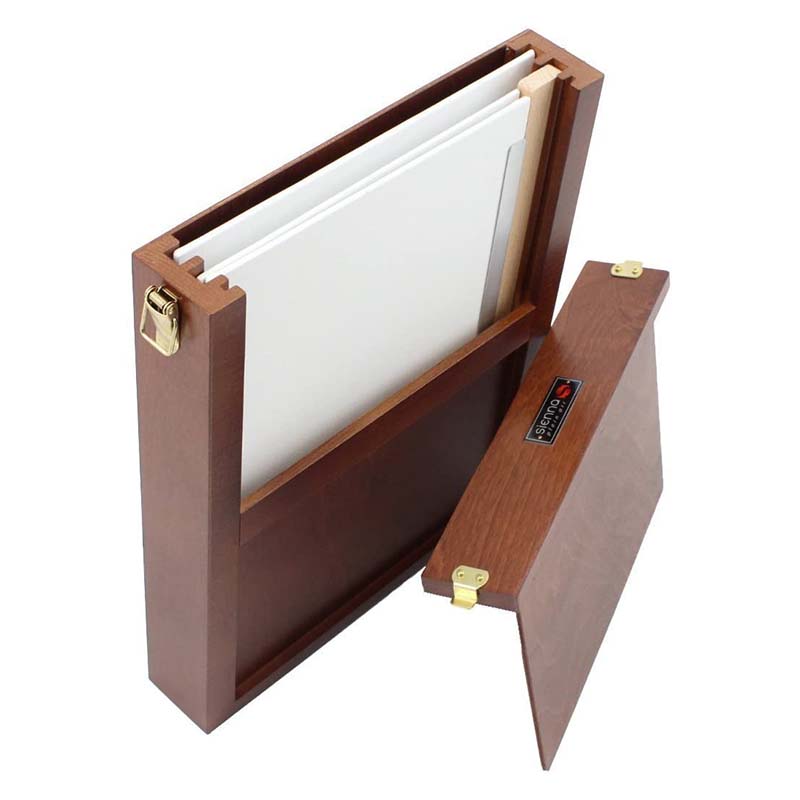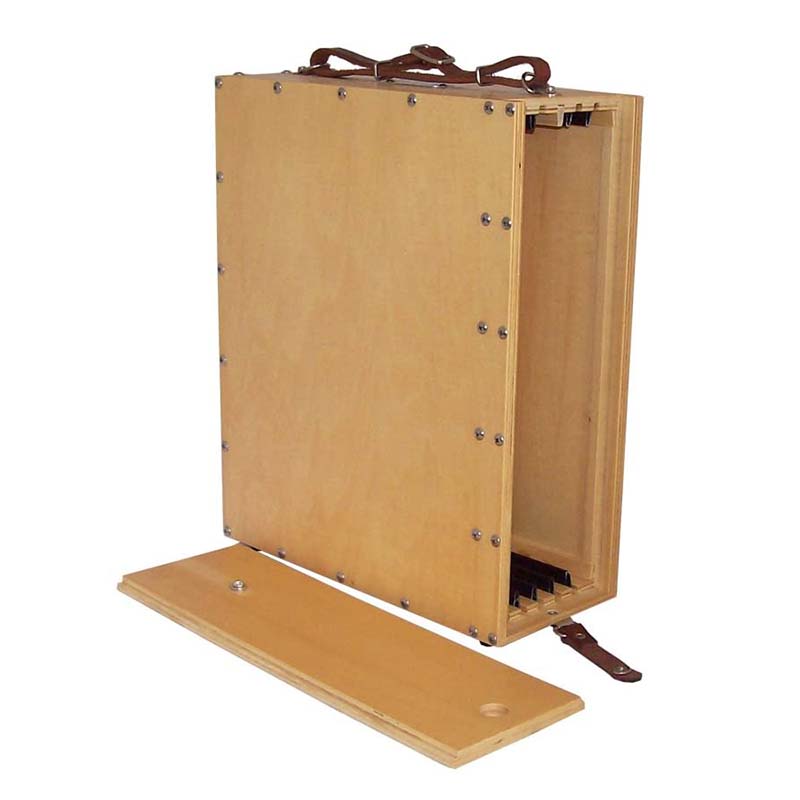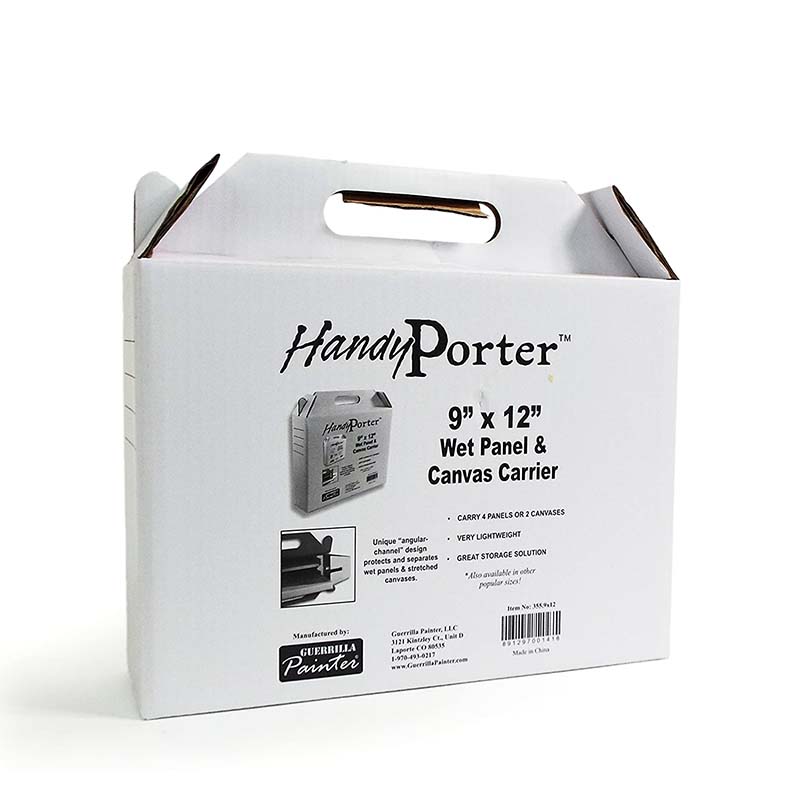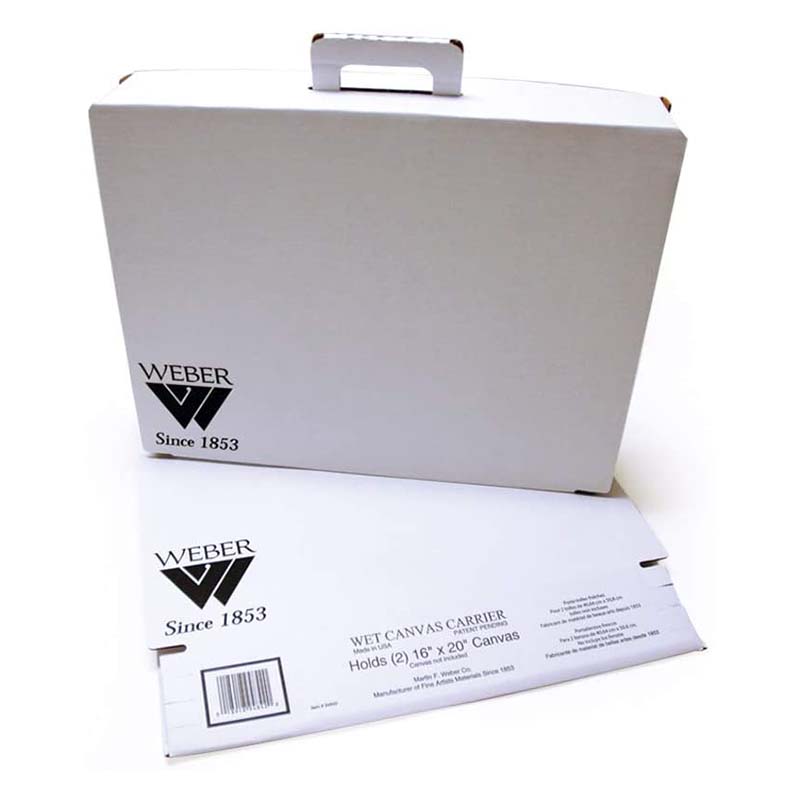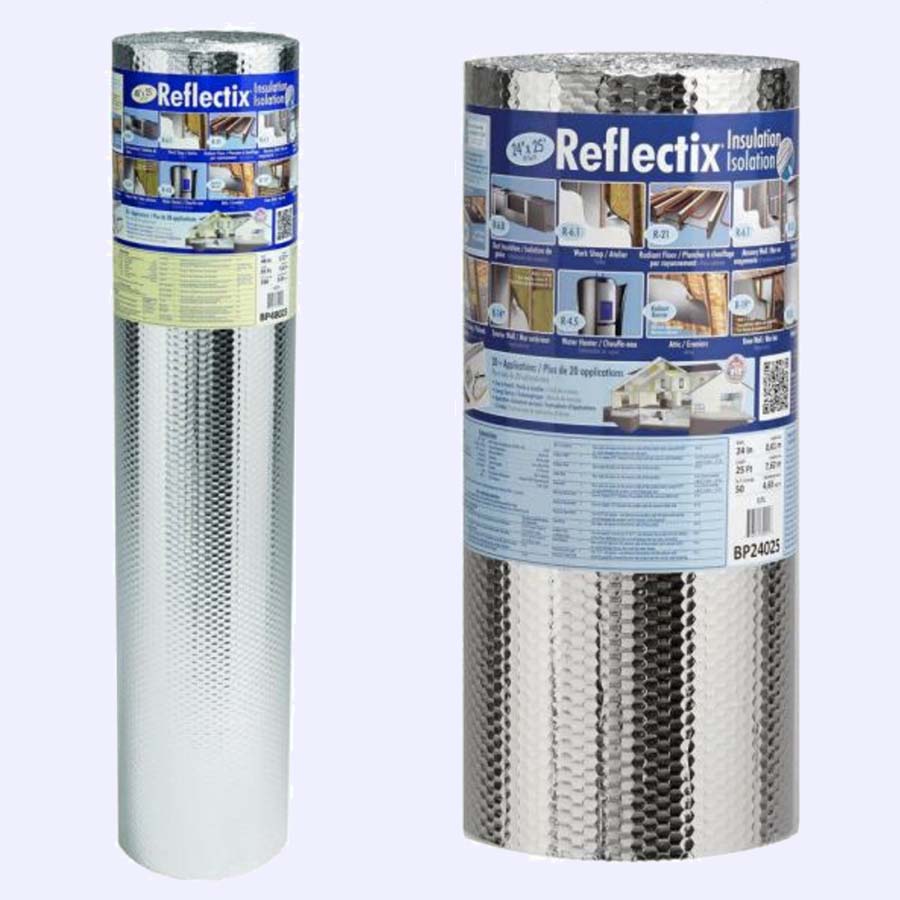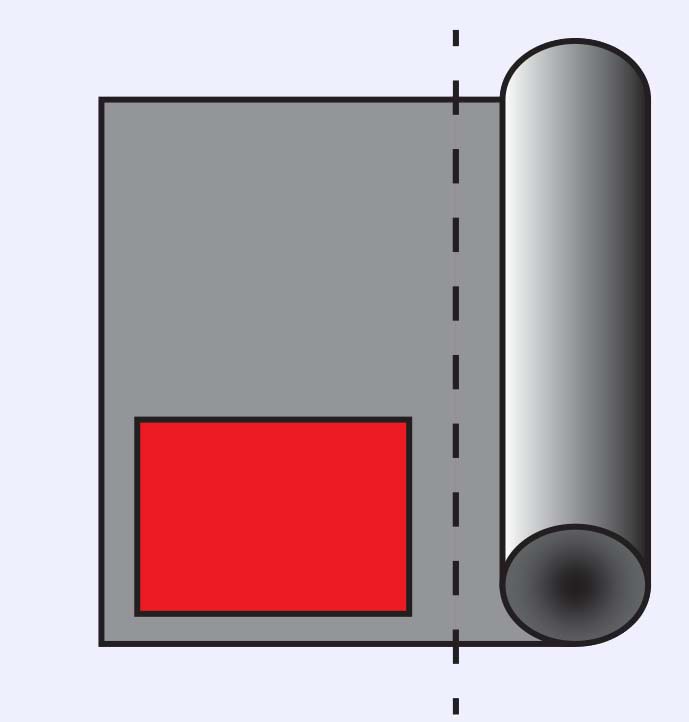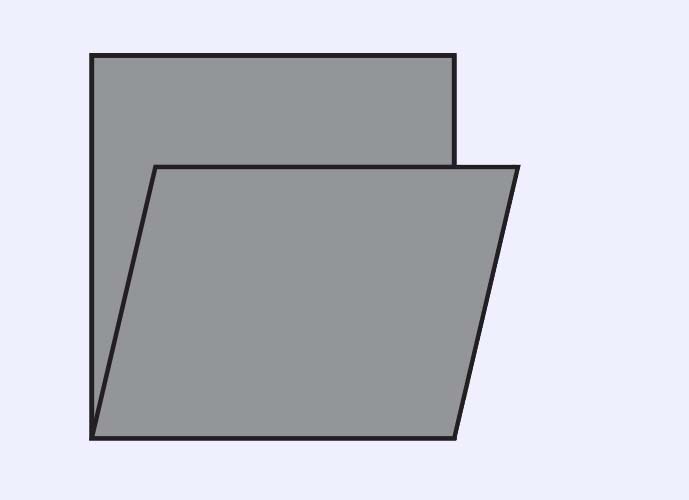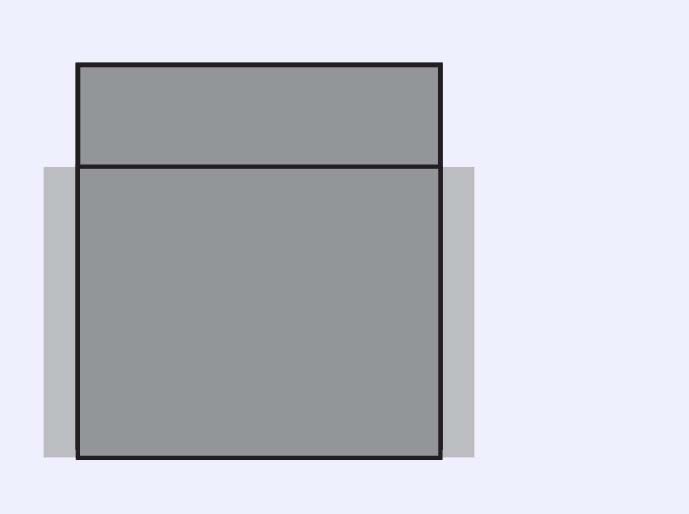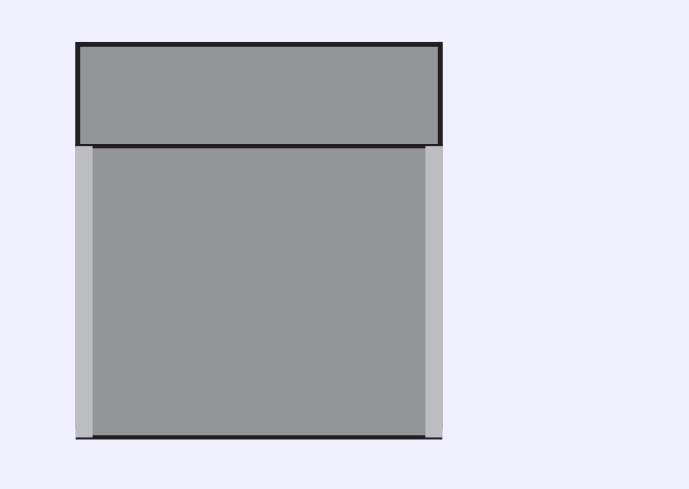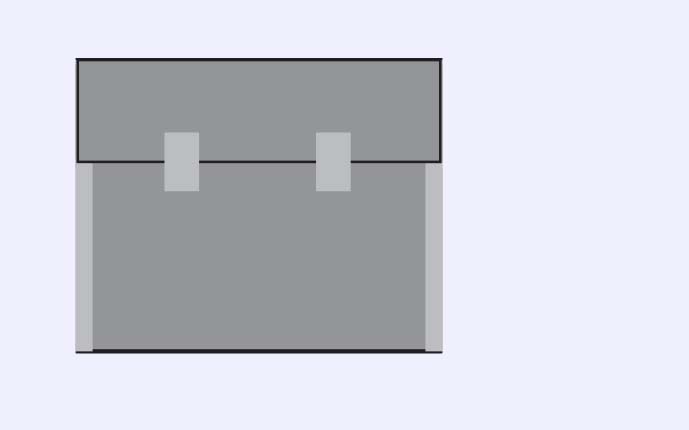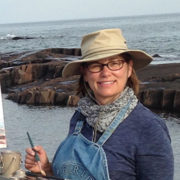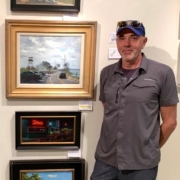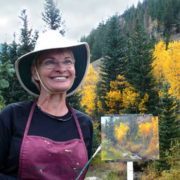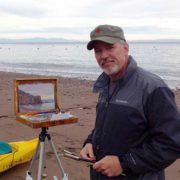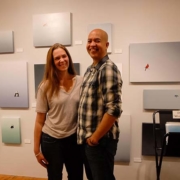Handling & Transporting Artwork
Most Plein Air painters use wet panel carriers because they are literally transporting artwork wet from the field. I recommend transporting artwork to my studio in a wet panel carrier. It protects them from damage in your car (sudden stop) and keeps them clean. Also, be sure to clean out your cases from time to time with compressed air or simply washing them with water and placing them upside down to dry.
If you don’t have a wet panel carrier, placing artwork in a box with cloth or wax paper between pieces also works, but be careful if your artwork has thick impasto. Consider even an inexpensive cardboard carrier.
For transporting and handling large artwork, consider making a DIY Custom Artwork Carrier, here are the instructions.
Protect your Artwork from Dust
Dust on a painting, especially a freshly-varnished one, flares up when I photograph it. Frequently I carefully remove dust from dry paintings before I shoot them with a very low pressure air cleaner (the same kind photographers use to clean lenses). I strive to make the images of your art as perfect as possible. I know that you as an artist see the paint, but please be mindful of what happens to your art after you complete it. Varnish it in a clean setting. Keep your art carriers clean to help me to accurately reproduce your artwork.
How Rossow Photography Handles Artwork
I frequently handle wet or freshly-varnished paintings, many of my clients bring them to me to shoot them before a show or shipping them to galleries. Please let me know if your painting is still wet, recently varnished or has thick impasto. I keep my studio clean and carefully handle your art while photographing it. If I know in advance, I will handle them from the sides and return them to their cases after shooting. If a painting is wet and by rare chance I get paint on my hands from even the side of the canvas I will let you know so you can touch it up if need be.
Artwork Carriers – Adjustable Wood
6″ x 8″ Guerrilla Adjustable Painting Carrier
9″ x 12″ & 8″ x 10″ Sienna Painting Carrier
Artwork Carriers – Cardboard
5″ x 7″ Guerrilla Painting Carrier
8″ x 10″ Guerrilla Painting Carrier
9″ x 12″ Guerrilla Painting Carrier
16″ x 20″ Guerrilla Painting Carrier

